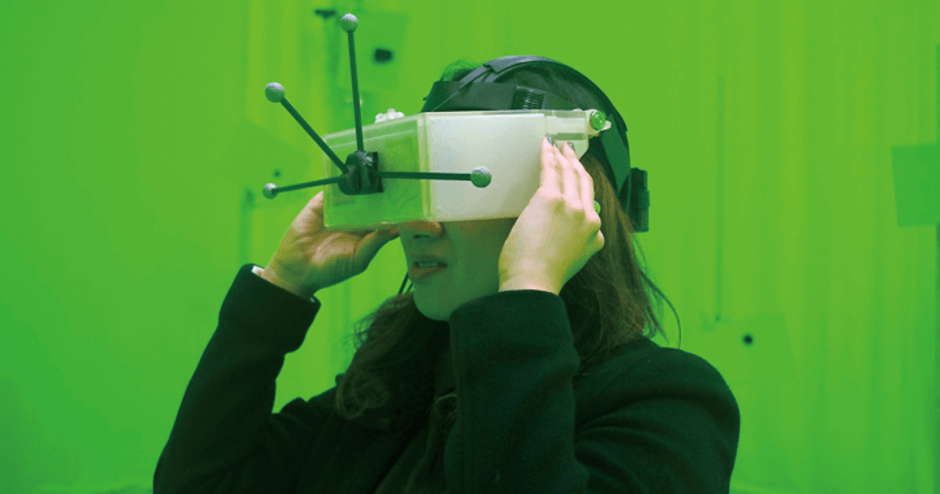Jun 14 2017
 Credit: 3D Print
Credit: 3D Print
3D Systems has a deep connection to early 3D printing technology via inventor and founder Chuck Hull, and three decades later they are known as one of the most expansive 3D printer manufacturers and 3D solutions companies in the world.
With all their accomplishments, the Rock Hill, SC-headquartered company finds plenty of time to highlight other companies and successes made possible through its many available 3D technologies.
Taking a look at Crescent Inc., we find that while they are using the 3D Systems ProJet MJP 2500 Plus 3D printer, introduced last spring, they specialize in image engineering and have created their own software and content. Specializing in motion capture, they even worked on Shin Godzilla, a ‘hit Japanese movie.’
“We used our motion capture techniques to capture, create and process the movements of Godzilla in full CG based on the movements of kyogen performer Mansai Nomura,” said Crescent software engineer Tatsuhiko Kobayashi.
Their experience in motion capture allows then to mimic human patterns realistically for digital use. They have been dedicated to advancing this part of their work, and as an example, have created their own 3D printed, VR head-mounted display (HMD).
“Three years ago we incorporated a 3D printer into our operations to develop our own rigid motion trackers for CGI,” said Kobayashi. “By bringing 3D printing in-house we have now found new opportunities for development within VR and HMD.”
3D printing can offer so many benefits to a company like Crescent, allowing for self-sustainability in creation and manufacturing, speed and productivity, as well as greater affordability. The technology gave Crescent engineers the latitude they needed to take an already popular product and improve it further, making use of lightweight 3D printed materials—and thus solving one of their biggest problems.
“Since the beginning, people have wanted an HMD that was lighter and easier to handle. With the recent booming interest in the VR industry we started developing a next-generation model, HEWDD-2,” said Kobayashi.
“Our CEO Kotani helped us solve the weight issue with his insight that we didn’t need a mass production solution. His suggestion of a 3D printer reframed our approach and our capabilities.”
And although Kobayashi states that he foresees their company using the ProJet MJP 2500e Plus a great deal more in the future, this was not their first experience with 3D Systems hardware.
In the past, they also worked with 3D Systems in creating custom motion trackers, citing detail and precision as big factors in why they wanted to use their printers again. According to Kobayashi, the ProJet MJP 2500 Plus gave them ‘more than enough’ precision, along with the benefit of wax supports and the MJP EasyClean system.
With the ProJet MJP 2500 Plus, Crescent also saw completion of threaded screw holes and screw clamps—and little post-processing time as the wax supports melted away.